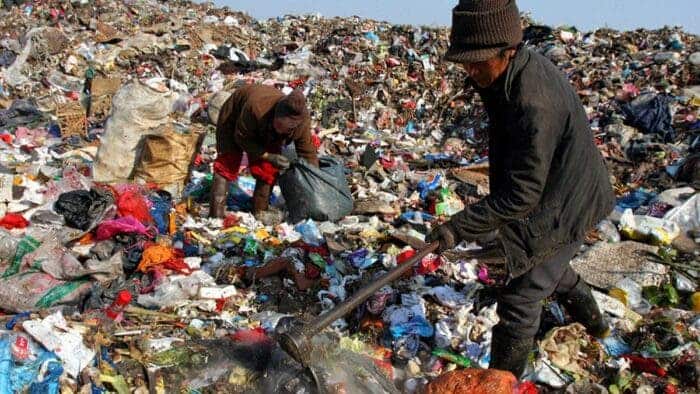Chinese scientists had previously achieved the de novo synthesis of carbon dioxide to starch for the first time. This is the first time that such a transformation is taking place anywhere in the world. However, can carbon dioxide “change” to other things besides “changing” to starch? According to Xinhua News Agency, a few days ago, Chinese scientists created a new path for carbon dioxide conversion. Through the combination of electrocatalysis and biosynthesis, they successfully synthesized glucose and fatty acids from carbon dioxide and water, providing artificial and semi-artificial “food”.

This achievement was jointly completed by Xia Chuan’s research group at the University of Electronic Science and Technology of China, Yu Tao’s research group at Shenzhen Institute of Advanced Technology, Chinese Academy of Sciences, and Zeng Jie’s research group of University of Science and Technology of China. The article is already available in Nature Catalysis, an international academic journal.
Glucose and oil are important food components, and carbon dioxide converts into glucose or oil through a catalytic process. There has been much research in this regard but successful cases are very rare.
In this study, the researchers first efficiently reduce carbon dioxide to synthesize high-concentration acetic acid. They then ferments the acetic acid with Saccharomyces cerevisiae. “This process can be understood as first converting carbon dioxide into ‘food’ acetic acid for Saccharomyces cerevisiae. Then the Saccharomyces cerevisiae is constantly ‘jealous’ to synthesize glucose and fatty acids,” said Zeng Jie, a professor at the University of Science and Technology of China, one of the study authors.
The process is artificially controllable
The growth of food crops in nature is a function of seasons, regions, and climates. This research is completely artificially controllable, breaking through the limitations of many external conditions. “Using this mode of combining electrocatalysis and biosynthesis, glucose can synthesize at the gram level ‘from scratch’. This shows the high production level and development potential of this strategy.” One of the study authors, Yu Tao, a researcher at the Shenzhen Institutes of Advanced Technology of the Chinese Academy of Sciences, said.
“In the future, if you want to synthesize starch, make pigments, produce drugs, etc., you only need to keep the electrocatalytic facilities unchanged and replace the microorganisms used for fermentation .” There is still a long way to go from the output of the technology to the large-scale application, which depends on the overall improvement of related technologies and the continuous reduction of costs. In the future, there will be further research on the homogeneity and compatibility of the two platforms, electrocatalysis and biofermentation.

